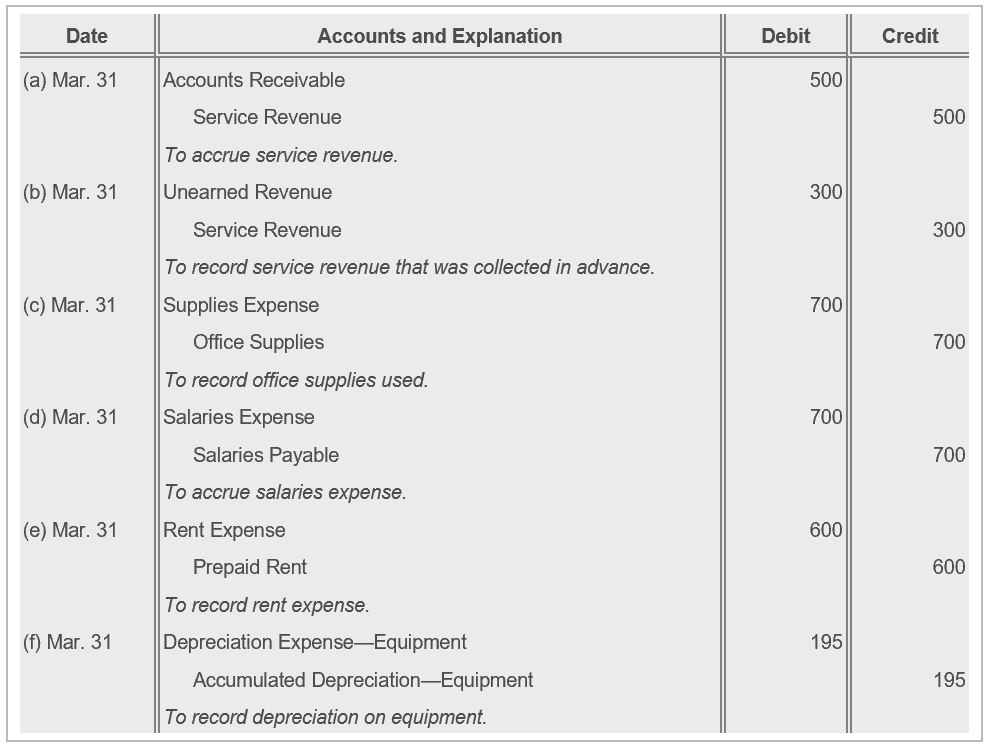

This office supply expense will be a short-term liability, and you plan to pay the seller the total amount within the month. Let's say your company purchases goods, such as $200 worth of office supplies. Accounts payable credit or debit examples Credit exampleįor our first example, we will follow the details we just used in the previous section. Let's look at some examples of how this will look in your accounts payable entries.

This process can still be a bit tricky when it hasn't been put into practice. When this is a short-term debt, you will later debit balance your AP account when you pay back the obligation. After the seller communicates this to you and the invoice is accepted, you will debit your purchases or inventory account with the value of the items, then credit your AP account with that same amount. When looking at basic examples of accounts payable, you will often be referencing a purchase or vendor invoice.
#Accounts payable debit credit software#
While programs are here to help, it is essential to know how this process works to know which software is best for your team. Many companies use software (especially automation software) to help cut down on the amount of time doing data entry. While most accounting software can help you track credits and debits as journal entries by default, some small businesses and individuals may track this manually. Recording credits and debits as journal entries

Both inflow and outflow occur within accounts payable, so it is both a credited and debited account.

With this knowledge, we can answer our question: accountants credit and also debit your accounts payable. Later, when you pay back your invoice, accounting debits your credit balance that amount. Because you may owe money to these creditors, your AP account will have a credit balance showing any current liabilities. These accounts are labeled this way because you often pay on credit when purchasing items or services from vendors and suppliers. Is accounts payable a credit or debit?Īccounts payable, first and foremost, are liability accounts. On the most basic level, debits indicate inflow, credits indicate outflow throughout all of your different accounts. These terms help describe the inflow and outflow of cash from your different accounts, including asset accounts, expense accounts, and cash accounts. In both accounts payable (AP) and accounts receivable (AR), you will see credits and debits used when the value in your account increases or decreases. This method is known as double-entry bookkeeping and is the most common accounting recording system. You will often see two consistent things on your company's balance sheet and income statement lines: a credit entry (often on the right side) and a debit entry (often on the left side). Luckily, we can help you start to clear up some of the basics. It doesn't help that bookkeepers sometimes use shorthand for these general ledger terms. The terminology used in accounting to describe transactions and assets can be confusing. Learning how they work with accounts payable helps you understand the entire process. If a transaction didn't balance, then the balance sheet would no longer balance, and that's a big problem.Credits and debits are a core concept of accounting. Transactions always include debits and credits, and the debits and credits must always be equal for the transaction to balance. In accounting, account balances are adjusted by recording transactions. Examples of some income accounts include:Įxpenses decrease owners' equity and therefore have a debit normal balance. You must credit an income account to record income. Income accounts increase owners' equity on the balance sheet. Owners' Equity accounts are located on the right side of the balance sheet and are thus increased by credits and decreased by debits. Liabilities are on the right side of the balance sheet and, therefore, are increased by credit and decreased by debits. The most common contra asset accounts are: Since they decrease assets, a contra asset account is increased with credits and decreased with debits. As a liability on the right side of their balance sheet, the checking account is increased with a credit.Ĭontra asset accounts appear on the left side of the balance sheet along with assets, but they decrease the value of assets. From their viewpoint, your checking account is a liability because they owe that money to you. Q: If bank accounts are increased by debits, why does my checking account statement show deposits as credits?Ī: Your bank statement is from the point of view of your bank.


 0 kommentar(er)
0 kommentar(er)
